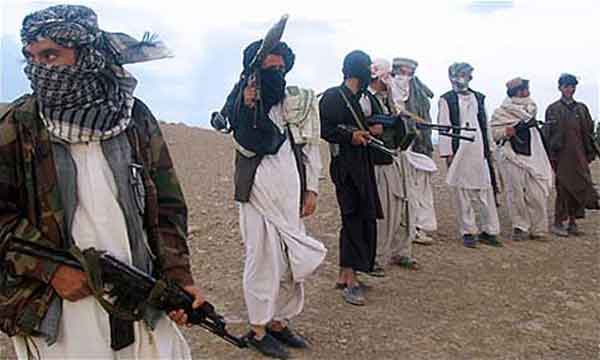
by Hammad Baloch 9 December 2023
In the intricate tapestry of South Asian geopolitics, the Tehrik-i-Taliban Pakistan (TTP) emerges as an enduring challenge, casting a profound shadow not only over Pakistan’s security dynamics but also echoing implications that extend far beyond its borders. As we embark on an exploration of the multifaceted dimensions of this complex puzzle, scrutinizing its origins, internal threats, regional consequences, ideological roots, global ties, counter-terrorism strategies, humanitarian fallout, and future outlook becomes imperative.
The TTP’s genesis lies in a coalition of militant factions uniting against Pakistani military operations in the tribal areas bordering Afghanistan. Comprising leaders from diverse tribal regions, the TTP wove a narrative intertwining local grievances with a jihadist ideology that transcended national boundaries. Over time, its organizational structure and objectives adapted, maintaining a symbiotic relationship with the Afghan Taliban and Al-Qaeda, rendering it a complex and resilient entity. The TTP’s arsenal of asymmetric warfare tactics poses a severe threat to Pakistan’s internal security. Through targeted attacks on military and security forces and strategically planted bombs in civilian areas, the group consistently aims to destabilize the government, leaving not just a toll in lives lost but an environment steeped in fear and uncertainty.
The group’s activities spill beyond national borders, contributing to a broader regional instability. Collaborating with like-minded militant groups, the TTP engages in cross-border activities that strain diplomatic relations and hinder regional cooperation. The porous Pakistan-Afghanistan border provides the TTP with a strategic advantage, underscoring the imperative for collaborative efforts among neighboring nations to address this shared security concern. At the heart of the TTP’s appeal and resilience lies its ideological agenda, grounded in a radical interpretation of Islam. Aspiring to impose Sharia law, the group skillfully employs this narrative for recruitment, propaganda, and justification of its violent actions. A nuanced understanding of these ideological underpinnings is imperative for devising comprehensive counter-terrorism strategies.
The TTP’s connections with international jihadist movements, particularly Al-Qaeda, amplify the propagation of a global jihadist ideology. The group’s involvement in transnational networks raises concerns beyond the immediate regional context. In response, Pakistan has implemented a range of strategies, including military operations, intelligence-led initiatives, and socio-economic development programs in affected areas. However, effective counter-terrorism efforts necessitate robust international cooperation, especially with Afghanistan, given the cross-border nature of TTP activities. While the TTP’s actions reverberate primarily in the security domain, the humanitarian consequences are profound. The group’s attacks displace populations, disrupt essential services, and contribute to human rights abuses. The humanitarian impact extends to education, healthcare, and economic activities in affected regions, compounding the challenges faced by local populations.
As the region grapples with the TTP menace, a comprehensive assessment of the group’s adaptability and resilience is imperative. Anticipating potential scenarios, including the roles of regional and global actors, becomes essential. A sustained, multifaceted effort, encompassing security measures, diplomatic initiatives, and socio-economic development, is crucial for effectively addressing the TTP threat. The commitment of the international community to support Pakistan and its neighbors in this endeavor becomes paramount. Moreover, it’s crucial to delve deeper into the internal dynamics of the TTP, understanding the motivations that drive individuals to align with its radical ideology. Social, economic, and political factors contribute to the allure of extremist groups, necessitating a holistic approach that addresses root causes and fosters resilience against radicalization.
In conclusion, the TTP remains a significant and evolving threat with far-reaching implications for Pakistan and the broader South Asian region. Effectively countering this multifaceted challenge requires a nuanced understanding of its various dimensions. Collaborative efforts, both domestically and internationally, are indispensable for crafting a comprehensive strategy that not only addresses the symptoms but also targets the root causes of militancy, ensuring regional stability and upholding the principles of peace and security. The path forward demands vigilance, cooperation, and sustained commitment from all stakeholders involved. The labyrinth of extremism can only be navigated through a collective and unwavering determination to secure a stable and peaceful future for the region. As we confront the TTP challenge, it becomes not only a test of national resilience but a call for global solidarity against the forces that seek to undermine peace and stability in this vital part of the world.
